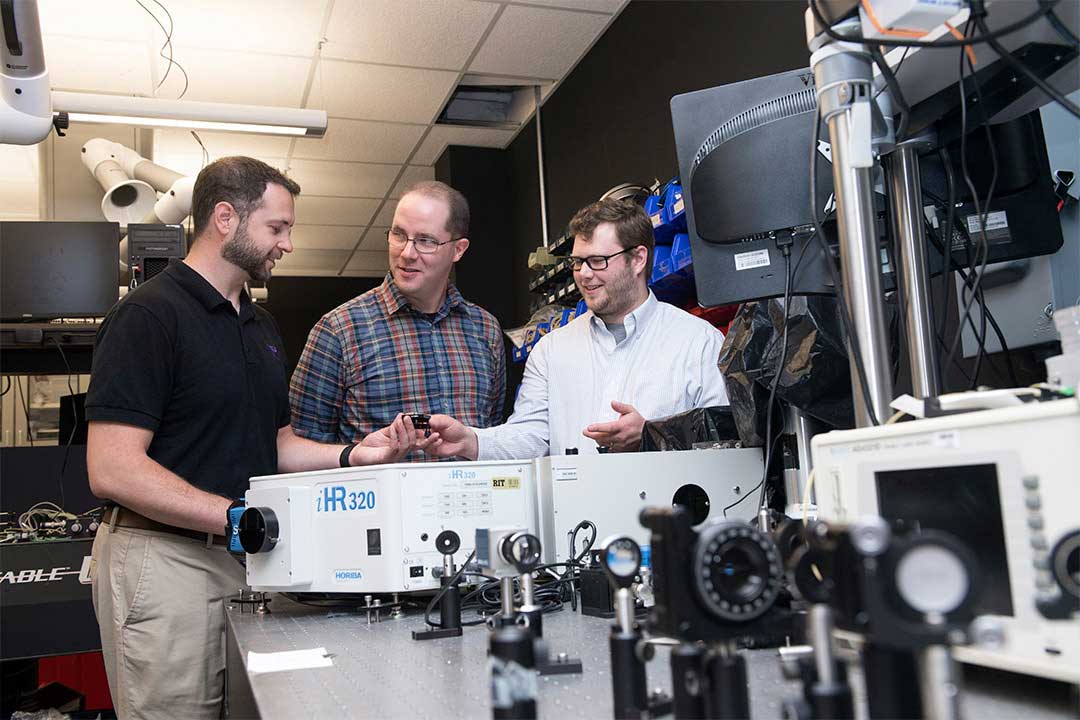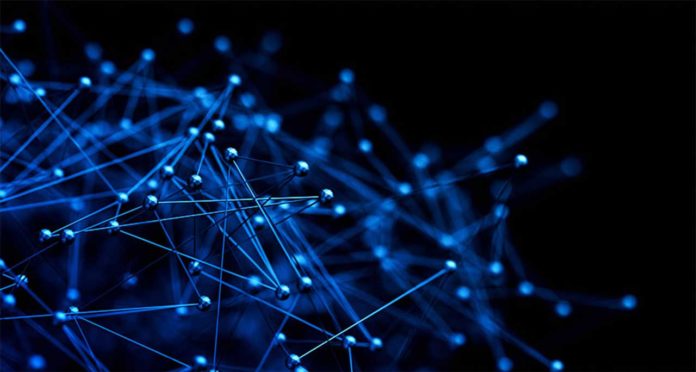Entanglement is the ground-breaking and enigmatic resource to quantum data processing which guarantees abilities in computing, simulation, secure communication, and metrology beyond what is workable for traditional devices. Precisely evaluating the entanglement of an obscure framework requires determining its quantum state, a task which requests an intractable number of measurements.
Now, scientists at the Rochester Institute of Technology have demonstrated a new method to precisely measure high-dimensional entanglement from minimal data.

Assistant Professor Gregory Howland, a member of RIT’s Future Photon Initiative, said, “Quantum entanglement is a resource that can be used to do important tasks such as quantum computing or secure communication. Two people that have entangled quantum particles can generate an unbreakable key for sending messages back and forth to one another in such a way that if some third party intercepts the message, by the laws of physics, they can’t decode the message.”
For the system in this examination—including spatially trapped photon pairs—the new strategy required million-times fewer estimations than past techniques. What’s more, because the method depends on information theory, the estimation strategy has the additional advantage of never overestimating how much entanglement is in a system.
Howland said, “This turns out to be critical because it means we never accidentally tell you that you have more of the resource than you have. It’s especially important for something like secure communication, where you’re trying to avoid an adversary intercepting a message.”
The study is outlined in the journal Nature Communications.
